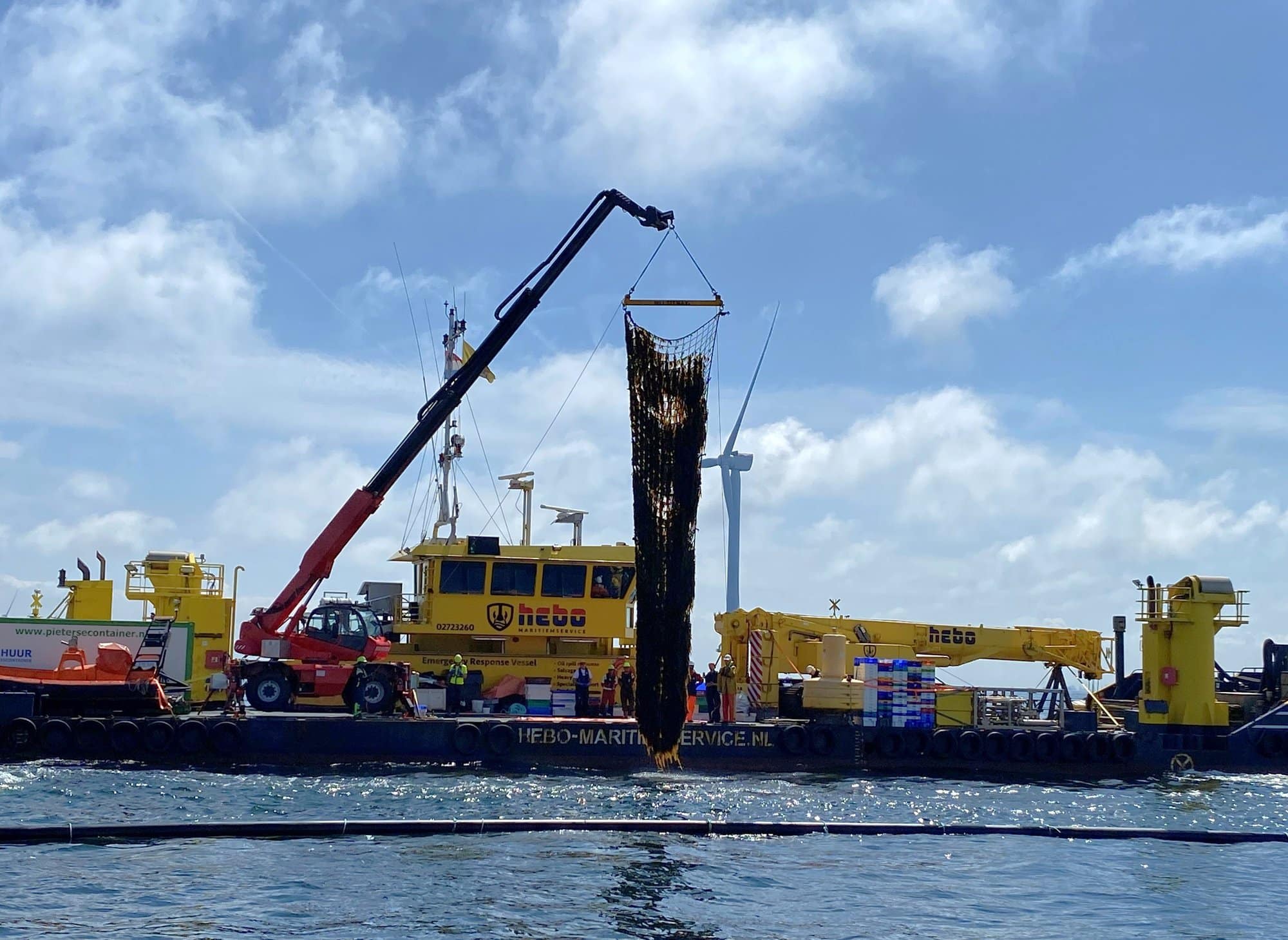Key Takeaways
- North Sea Farmers complete inaugural harvest at North Sea Farm 1, located within a Dutch offshore wind farm
- Project supported by €2 million funding from Amazon’s Right Now Climate Fund
- Researchers will study the farm’s carbon absorption, biodiversity impact, and scalability
- Seaweed grown without land, freshwater, or fertilizer and can be used in multiple sectors
- The project explores integration of aquaculture within existing offshore energy infrastructure
North Sea Farmers' First Harvest Marks Milestone for Offshore Seaweed Farming
North Sea Farmers have carried out the first harvest at North Sea Farm 1, a commercial-scale seaweed farm situated within the Hollandse Kust Zuid offshore wind farm, approximately 18 kilometers off the coast of Scheveningen, Netherlands. This marks the first instance of commercial seaweed cultivation within an operational wind farm in the North Sea.
The initiative was launched by North Sea Farmers, a non-profit organization, with financial support from Amazon’s Right Now Climate Fund, which allocated €2 million to the project. The harvest is intended to provide data to researchers evaluating the farm’s potential environmental benefits and commercial viability.
Integrated Seaweed and Wind Energy Infrastructure
By placing the seaweed farm between offshore wind turbines, the project makes use of maritime zones already designated for energy infrastructure. According to North Sea Farmers, this approach minimizes conflicts with maritime traffic and presents a potential model for combining aquaculture with renewable energy installations.
“This harvest helps demonstrate that seaweed production within offshore wind farms can be carried out on a commercial scale,” said Eef Brouwers, Managing Director of North Sea Farmers. Amazon’s Eva Faict also noted that the project offers a proof of concept for co-location of seaweed cultivation and offshore wind operations.
Harvest and Processing Applications
The seaweed at North Sea Farm 1 was cultivated on four nets, each 50 by 3 meters in size, covering a total area of five hectares. Harvesting was conducted using a specialized vessel designed to navigate around the wind turbines and collect the seaweed. The harvested material can be processed into various products, including food items, textiles, and wellness-related goods.
Seaweed farming does not require freshwater, fertilizer, or arable land, which researchers suggest could reduce pressure on land-based agriculture. However, further study is needed to assess the full ecological and economic implications of scaling up such operations.
Ongoing Scientific Assessment
The farm is being monitored by a group of research partners including Plymouth Marine Laboratory, Deltares, and Silvestrum Climate Associates. The research team is analyzing factors such as carbon uptake, biodiversity effects, and habitat development using seabed and water sampling, satellite data, and environmental DNA (eDNA) techniques.
Professor Ana M. Queirós, lead scientist at Plymouth Marine Laboratory, emphasized the importance of scientific rigor: “We are examining how carbon is stored and whether the seaweed farm influences biodiversity in the area. The evidence we gather will inform future decisions about the scalability and environmental impact of similar projects.”
Next Steps and Future Outlook For North Sea Farmers
North Sea Farm 1 was initially conceptualized in 2022, with seaweed planting beginning in October 2024. The current harvest concludes the farm’s initial operational phase, with research findings expected to inform future projects in the region and beyond.
The results will contribute to discussions on whether seaweed cultivation in offshore wind farms can serve as a complementary approach to climate mitigation and marine ecosystem management.


